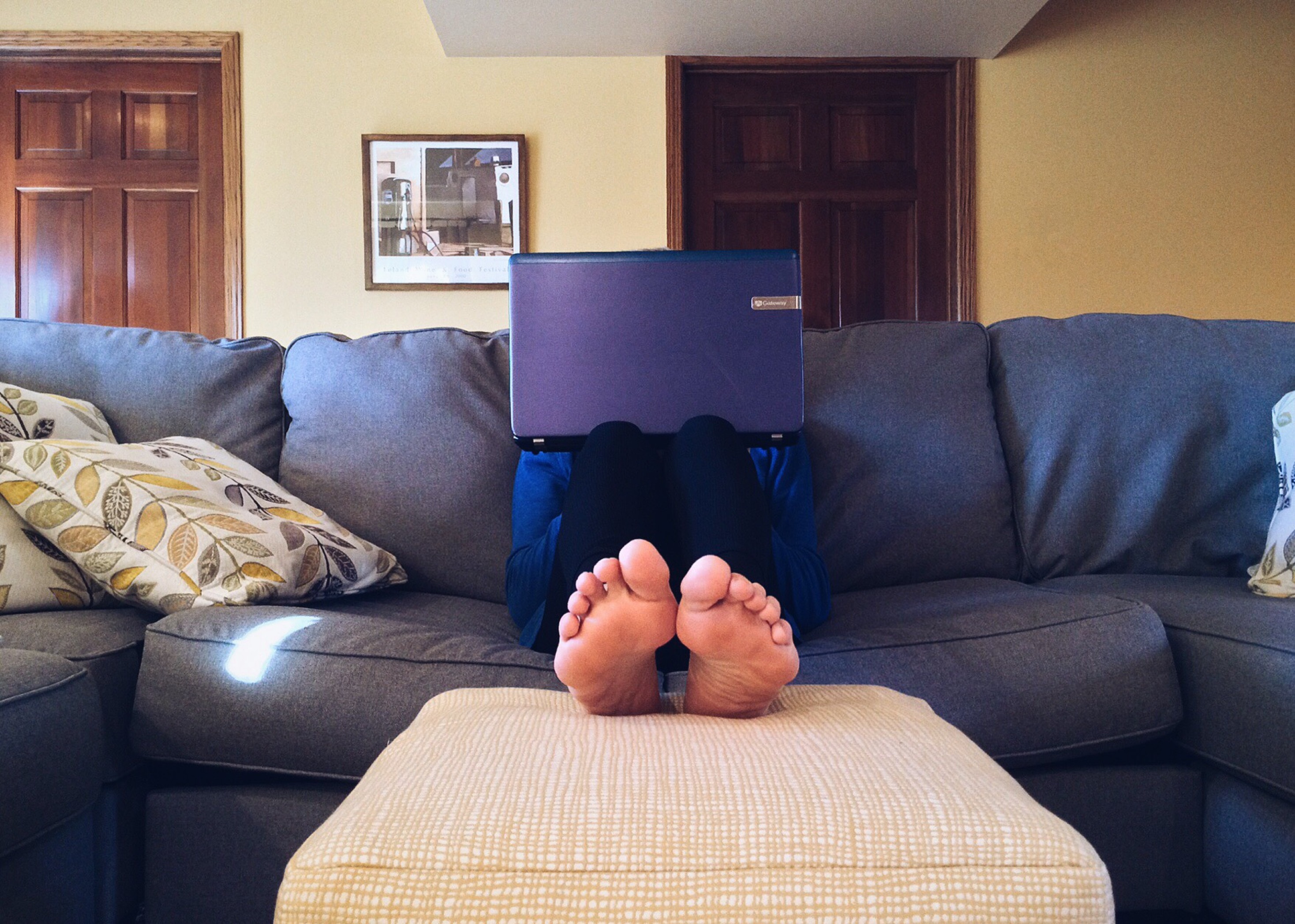Transparency is extremely important to us, so we are letting you know that we may receive a commission on some of links you click on from this page. See our disclaimer.
A well-run workplace wellness program can go a long way towards improving employee health and reducing overall health costs.
We've reported on the study “Absenteeism and Employer Costs Associated With Chronic Diseases and Health Risk Factors in the US Workforce.” It notes the benefits that can come from a well-run workplace wellness program:
“Workplace wellness programs have potential to reduce both medical and absenteeism costs. Although such programs, their comprehensiveness, and their potential returns vary, workplace programs are important partners in improving health. As an example, the American Heart Association reiterated in 2015 its commitment to workplace wellness as a way of improving cardiovascular health. While improving employee health and reducing absenteeism initially benefit employers and employees, a healthy workforce and an increase in productivity are national resources with benefits that extend beyond private sector employers and their employees.”
We've also noted the American Heart Association's report “Healthiest employees cost companies half the healthcare costs.”
The post states: “The healthiest employees of Baptist Health South Florida incurred thousands of dollars less in healthcare costs and were less likely to be hospitalized or visit an emergency department than employees with moderate or poor health.”
It continues: “The study offers a compelling business case for employers who offer health insurance to invest in comprehensive workplace health and well-being programs and policies, said Eduardo Sanchez, M.D., the American Heart Association’s chief medical officer for prevention and a study co-author.”
With these results, driving employee engagement is key. And according to the Washington Post, that effort just might start (or at least continue) at home:
“Many people struggle to reach their health and wellness goals. They cling to diet and exercise fads but overlook the importance of planning in creating consistent habits. A lack of planning can have a snowball effect: You start your morning tired from a poor night’s sleep, then skip exercise and miss breakfast while rushing out of the house. Lunches at restaurants are typically heavier than those made at home, but packing a lunch isn’t an option if you haven’t planned for it. Sugar and caffeine cravings may be elevated all day due to fatigue from poor sleep. The whole day feels hectic because it started off stressed and rushed. It’s a vicious cycle.”
The post outlines important evening tips, covering:
- Nutrition and food
- Sleep
- Movement
- Mindfulness




0 Comments